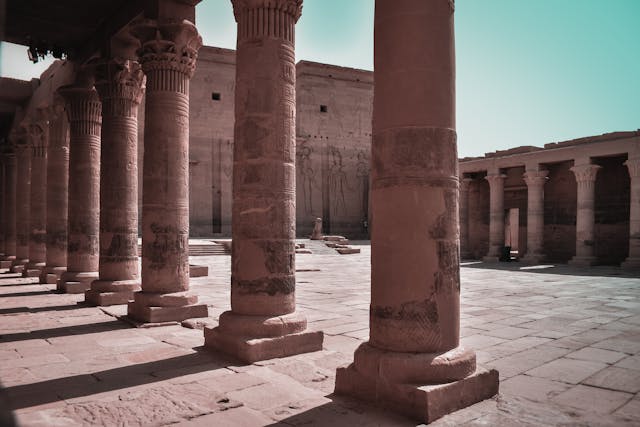
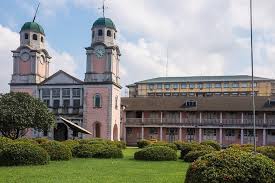
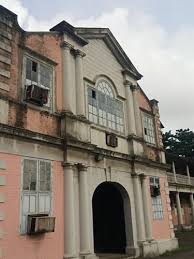
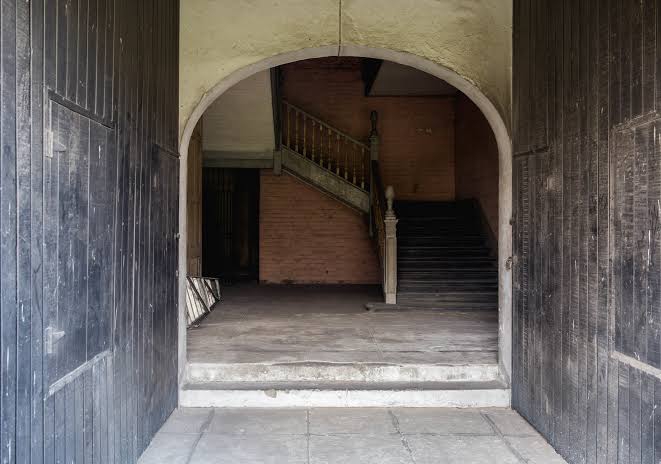
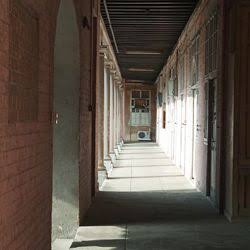
Old Secretariat, Marina, Lagos. The Administrative Building of the Colonial Government
History African@africanhistory
2 days ago
The Old Secretariat on Marina, Lagos, is a striking example of colonial architecture in Nigeria, reflecting the country's historical administrative past. Located on 14 Marina Street, this grand structure was constructed in the early 20th century to serve as the administrative hub for the British colonial government in Nigeria.
Historical Background:
The building was erected in the early 1900s, with its design influenced by British colonial architectural styles. It was built to serve as the central office for the colonial administration, particularly after Lagos was declared the capital of the Southern Protectorate in 1906.
Architectural Influence: Designed in the form of an "E", possibly in homage to Sir William Egerton, the Governor at the time, the Old Secretariat features large windows, twin towers for security, and expansive interiors meant to symbolize the permanence and authority of British rule.
Architectural Features:
Design Elements: The building showcases grand facades, symmetrical arrangements common in neoclassical architecture, and multiple corridors to allow movement even during heavy rains. Its construction from brick, a material of choice during the colonial era, along with large, well-treated wooden windows, helped maintain cool interiors in Lagos's humid climate.
The continuous band of upper-floor windows, timber posts, and slender cast-iron columns are among its architectural highlights, providing both functionality and aesthetic appeal.
Historical and Current Use:
Post-Independence: After Nigeria gained independence in 1960, the Old Secretariat continued to function as an important administrative building. It housed the Nigerian Federal Ministry of Justice and, after the capital was moved to Abuja in 1991, served as a zonal office for this ministry.
Current Occupancy: Today, it includes the National Secretariat for the Nigerian Council of Retired Federal Permanent Secretaries (CORFEPS). Despite its historical significance, the building has faced maintenance issues, reflecting a broader challenge in preserving colonial-era structures in Nigeria.
Cultural and Educational Value:
Declared a national monument in 1982, the Old Secretariat is a testament to Nigeria's colonial history, offering insights into the administrative functions, architectural trends, and cultural exchanges of the period.
Educational Tours: Although access might be restricted due to its ongoing use, the building serves as an educational resource for those interested in Nigerian history, architecture, or the legacy of colonial governance.
Tourist Considerations:
Visiting: Tourists keen on historical architecture and Nigerian history might find the Old Secretariat an intriguing site. However, visiting might require special arrangements since it's not primarily a tourist site but an active office space.
Its placement on Marina, near other historical buildings like the Cathedral Church of Christ, makes it part of a broader historical exploration of Lagos.
The Old Secretariat stands as a symbol of Nigeria's colonial past, its administrative evolution, and the architectural legacy left by the British, offering a narrative rich with history and cultural significance.
#OldSecretariatMarina #LagosHistory #ColonialArchitecture #NigerianHeritage #HistoricalSites #VisitLagos #CulturalLandmark #BritishColonial #ArchitecturalHeritage #MarinaLagos #HistoricalBuildings #LagosIsland
Photo Credit: Amanda iheme
